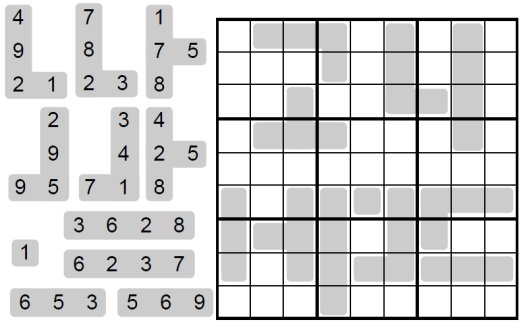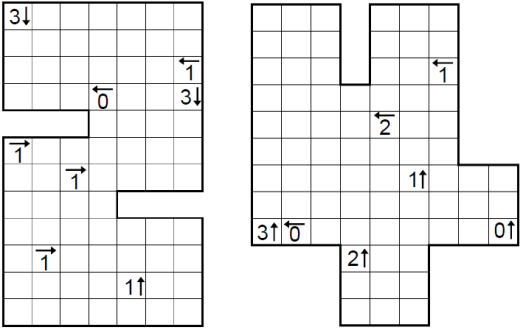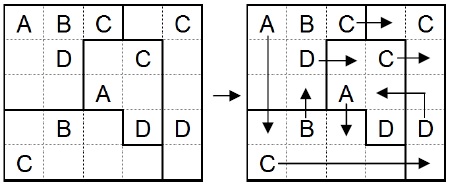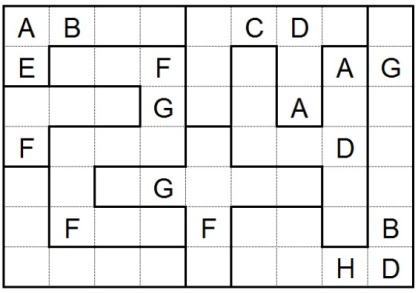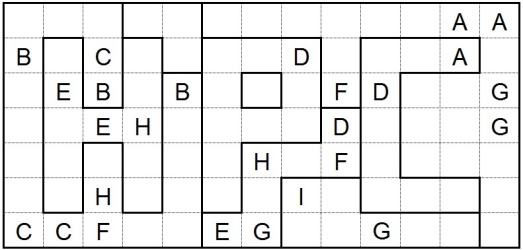My first Light Read about Nurikabe notations was written during the early days of this blog. I have a lot of potential topics jotted down for future Light Reads that I hope to get across soon. Yes. I still dot the oceans and shade in islands when solving Nurikabe.
Irodoku was an attempt to introduce colours into Sudoku.
This is not the first time someone tried being creative and announce their “Colour Sudoku!!”
Ugh!
Irodoku:
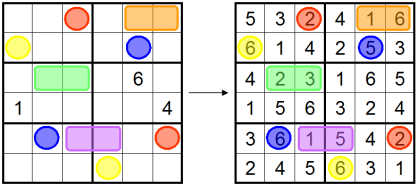
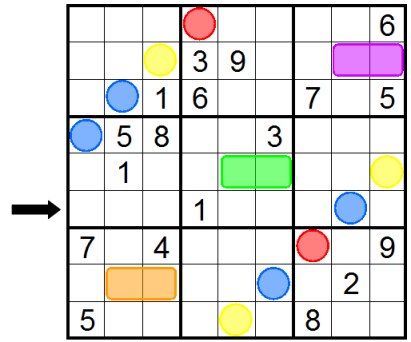
This is basically an Arrow Sudoku gone crazy. You have several number banks (red, yellow and blue) and adding any two sums would result in one of three totals (purple, green and orange).
This was the 7th puzzle competitors had to solve in Colour Restore.
The idea is mine as far as I know, but the name isn’t. I was involved in an interview with the chairman of the Thailand Memory Association who said, when he knew I play puzzles; that he was thinking about publishing a Sudoku book. He would replace the 9 numbers with 9 colours and provide 9 coloured-pencils with each purchase.
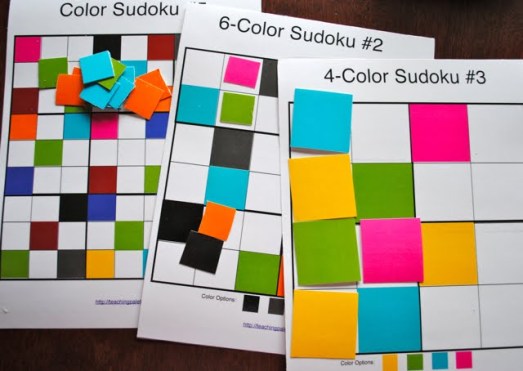
Seizures, anyone?
“Wow, what another impractical idea”, was my instant first thought. Replacing Sudoku numbers with anything* is just inconvenient. It may look creative and interesting, but really, its not.
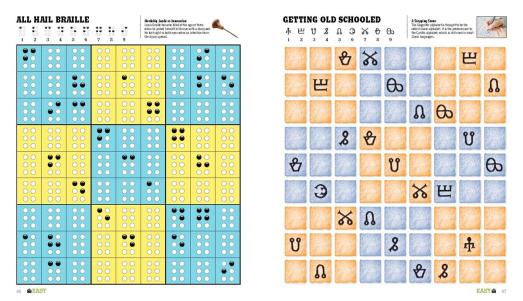
Nikoli’s Big Book of Visual Sudoku
The Big Book of Visual Sudoku illustrates the insanity of this already, come on Nikoli you can do much better than this. The glitch is that replacing numbers with letters, symbols or Dora the Explorer immediately chucks any hope of notation out the window.
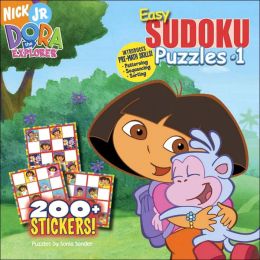
Did you see the naked pair with Dora and Boots?
I’ve seen one book use real life pictures of 9 different babies, imagine how would one even fill out the answers? Books like this are malignant tumours of puzzles. They are simply wasting trees and bookshelf space.
Back to the interview, the chairman said he would name his book, “Irodoku”. Iro being Japanese for ‘colour’. Well, not only I was evil enough to pretend to be interested, I even stole his puzzle’s name. Thank you. Up to this day, I haven’t seen Irodoku hitting the shelves yet.
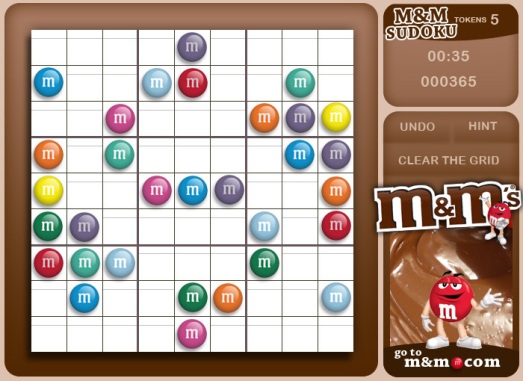
Imagine having to solve this on paper
By the way, here’s the answer to Irodoku which can be obtained by maximizing and minimizing a couple of colour banks.
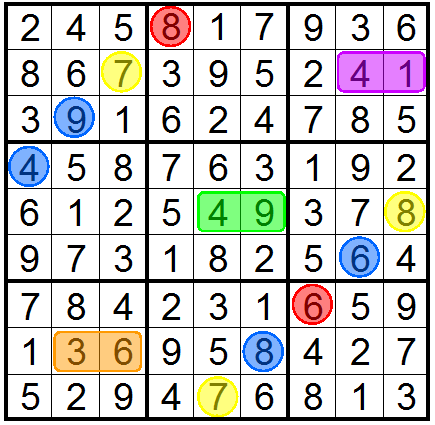
*By anything, I mean anything that doesn’t interfere with the rules of classic Sudoku. I’m not talking about Digital Sudoku or Dice Pip Sudoku where numbers are replaced with fragments of a given clue. That alters the rule of classic Sudoku, and I like those.
